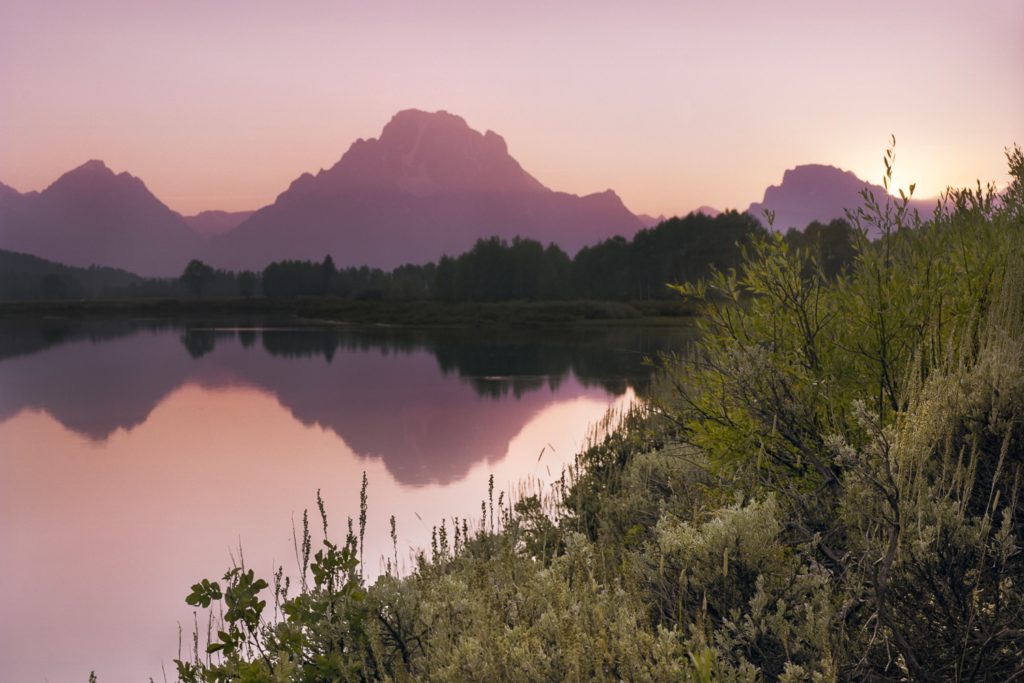
“…is that Photoshopped?” : One of the most commonly asked questions to photographers
To some people, it seems to matter how much enhancement (i.e., “photoshopping”) I do to my photographs. I thought I’d share my opinion on the topic of “photoshopping.”
The question itself is unique to photography. No one would ever consider asking a painter if their artwork reflected the true nature of the scene they painted, so why ask a photographer? What’s different about photography (more about that in a future article)?
In truth, I really don’t think it matters to most people who ask this question, I really don’t. I think most ask it out of interest only, or just to keep the conversation going. No matter how I answer this question, I believe the experience of seeing the image would be exactly the same: They either love it or they don’t.
Enhancement of photographs means different things to different people. Documentary publications like National Geographic set strict guidelines with which they expect their photographers to obey regarding photo-manipulation, or ‘photoshopping.’ On the other hand, images created solely for artistic purposes have no such limitations: Art photographers follow the ambiguous rule of ‘artistic license.’
“You don’t take a great photograph, you make it” Ansel Adams
I’m not a documentary photographer, and that’s the first thing I tell people who ask if I enhance my photographs. But I do believe the NatGeo guidelines are pretty sound. Going excessively beyond basic cropping or adjusting lighting and colors soon becomes ‘digital art’ and not photography. But that’s just my opinion; others have no such qualms about compositing several images together, or using filters and overlays to create their ‘photographs.’ That’s okay. It’s artistic license. But it’s not okay when we expect a photograph to be a documentation of something that happened, such as in photojournalism, when nothing could be further from the truth. You get my point, hopefully.
I personally believe my job as an artist is to create imagery that makes you want to engage in the scene, to feel something at an emotional level (e.g., nostalgia, introspection, fascination, awe, etc) and perhaps even step into the scene and do the types of things you like to do, such as explore, learn, or just chill out. To create an emotion, at the very least, visual art must have heart.
My camera, on the other hand, is entirely uncaring of your needs: it has no heart; no capacity to record emotion.
The hardest part of my job as an artist, then, is to translate what the camera records into a scene having the life and emotions that I felt at the time I took the picture. This nearly always means that I must enhance my images; or said another way, I must ‘fix’ them; I must put the heart back into them.
In my personal artwork, I try to limit enhancements to the point where I’ve corrected for my camera’s failings; to re-instill the emotions I felt at the time I took the picture. After all, if I dislike overly-enhanced photographs, I don’t think you will either, and I will have done a very poor job as an artist.
The truth is there are plenty of fantastically interesting subjects in our world that, if we have our eyes and hearts open to the experience, and happen to be there at the right time, would make a great photograph (or painting) even without much enhancement.
My featured photograph this month “Purple Mountains Majesty” is a good example. I had been standing in this spot for about an hour waiting for this exact second, not really knowing what I was waiting for. When the moment arrived, I absolutely loved how the warmth of the setting sun cast a glow over the upper mountains and reflected into the dead-calm river below. The mountain shadows and their reflections were a deep beautiful purple invoking an intense sense of comfort and peace. But it was a color my camera and film seemed to dismiss as unimportant. My camera failed to recognize how beautiful the color transitions in the sky were, going from exciting warmth near the sun to that calming lavender farther away.
When I interpreted this particular scene, I found that I had to bring back (i.e., “enhance”) the color and emotion I felt at the time, and yes, I did that using photoshop. As is usual for me, I removed nothing and I added nothing of a physical nature; I merely put the life back into the scene. After all, that’s my job!
Try to not to get hung up by an art photographer’s use of ‘photoshopping.’ Remember that cameras never come with a heart, so the artist must make up for that failing. If you must ask an artist if they “photoshop.” that’s okay, too. You’re not alone!
